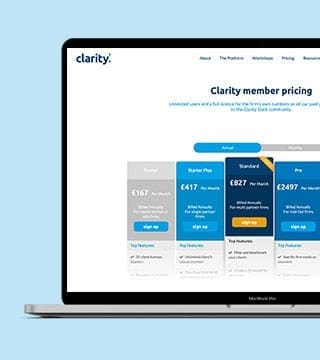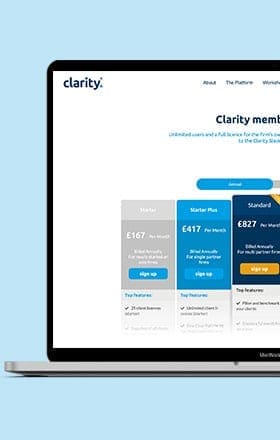You’ll have likely heard of EBITDA in relation to estimating the valuation of a business. If you’re applying for a loan, looking for investment or paying down some debts, you will need to perform some financial analysis.
EBITDA is a great tool often used by analysts and investors to give them an idea of a business’s value and efficiency.
How is it calculated?
EBITDA stands for Earnings before interest, taxes, depreciation and amortisation. It is often swapped with earnings or income and provides a short-term picture of a business’s operational efficiency.
Isn’t it the same as Net Income? NO! EBITDA is net income with interest, taxes, depreciation and amortisation added back to it.
The EBITDA Formula
EBITDA = Earnings/Net Income + Taxes + Depreciation + Amortisation
- Earnings/Net Income – The profit found at the bottom of a business’ income statement.
- Interest – the amount will vary depending on how much debt the company has borrowed to fund business activities.
- Taxes – the amount of tax a business pays for the year.
- Depreciation and Amortisation – the reduction in a fixed asset’s/intangible asset’s value over its useful life. Both amounts are found on the cash flow statement.
Why can’t I see EBITDA on my financial statements?
It is worth noting that EBITDA is not regulated by GAAP (a common set of standards used by accountants when preparing financial statements). So it is not typically calculated by businesses that follow these standards.
It aims to compare profitability across different businesses and industries. Therefore, it is most frequently used by investors and analysts who are evaluating financial performance. It will usually be used with other financial statements and ratios to provide a full picture of a company’s performance.
And EV?
Your business’s EV is equal to its equity value (or market capitalisation) plus its debt (or financial commitments) less any cash.
Enterprise Value = Market value of Equity + Market Value of Debt
What is the EV/EBITDA ratio?
So EV/EBITDA is a ratio that compares a company’s Enterprise Value (EV) to its Earnings Before Interest, Tax, Depreciation and Amortisation (EBITDA).
Its main purpose is to compare the value of different businesses within the same industry.
A lower enterprise multiple can be indicative of an undervaluation of a company. But a business with a healthy cash flow will likely have a high value.
So, how is the EV/EBITDA ratio used in practice?
It is used to compare the entire value of a business with the amount of EBITDA it earns each year. The ratio tells potential investors how many times EBITDA they have to pay should they wish to acquire the business.
Clarity
Clarity is a global platform that combines the power of cutting-edge technology and proven award-winning systems to enable our members (accountants, bookkeepers and advisers) to create, package, price and deliver added-value business advisory services to their small business clients. By doing this, we help them increase revenue by 50%, net profits by 125%, engage their team, free up time and create freedom – helping their clients to do the same along the way.
If you don’t believe those numbers, check out our calculator here. You can play with your own numbers to see your firm’s potential and take our new Success Factor quiz to understand your firm’s success factor score and ability to thrive here.
And don’t just take our word for it. Check out some 5* reviews here and what our members say here.






